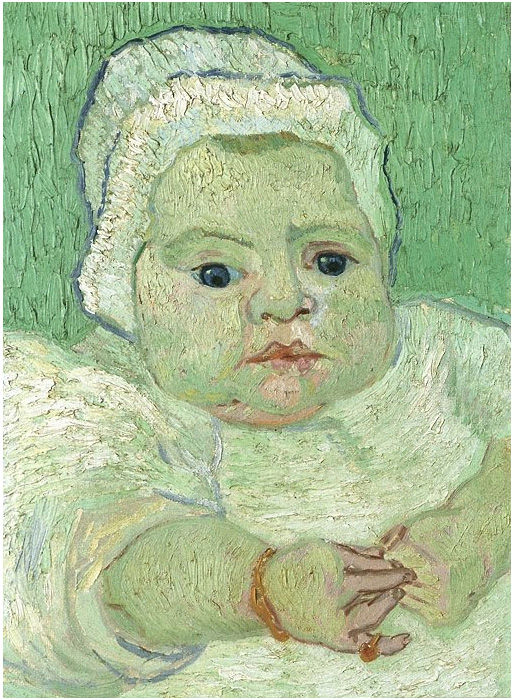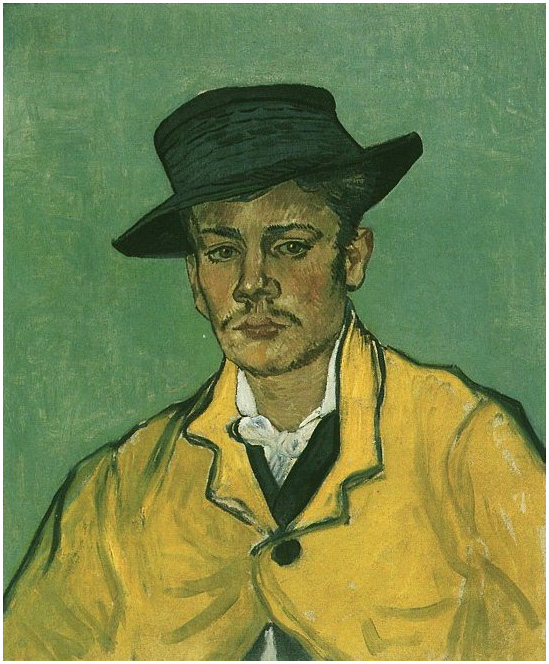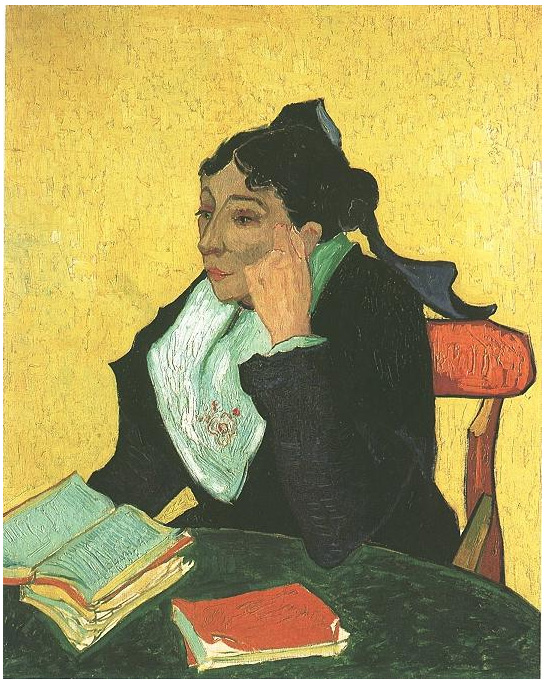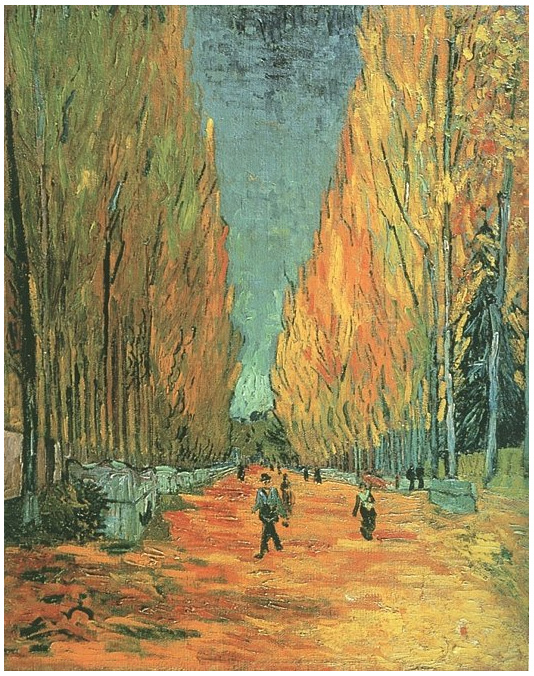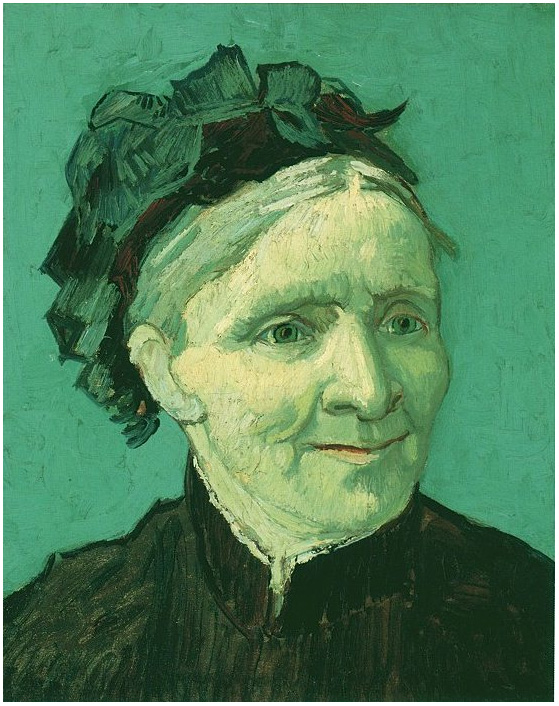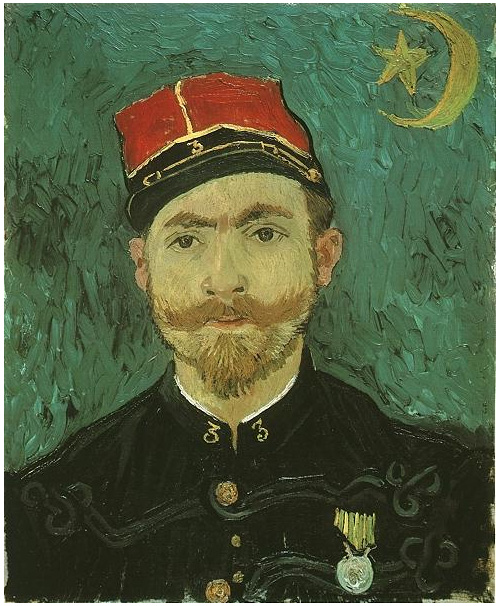From Wikipedia: "The Red Vineyard is an oil painting by the Dutch painter Vincent van Gogh, executed on a privately-primed Toile de 30 piece of burlap in early November 1888. It was supposedly the only piece sold by the artist while he was alive.
The Red Vineyard was exhibited for the first time at the annual exhibition of Les XX, 1890 in Brussels, and sold for 400 Francs (equal to about $1,000-1,050 today) to Anna Boch, an impressionist painter, member of Les XX and art collector from Belgium; Anna was the sister of Eugène Boch, another impressionist painter and a friend of Van Gogh, too, who had painted Boch's portrait (Le Peintre aux Étoiles) in Arles, in autumn 1888.
Like The Night Café, it was acquired by the famous Russian collector Sergei Shchukin, was then nationalised by the Bolsheviks with the rest of his collection and eventually passed to the Pushkin Museum of Fine Arts in Moscow.
Ms. Boch, a painter herself, purchased many Impressionist paintings of the time and amassed a significant collection of those artists we admire today."
